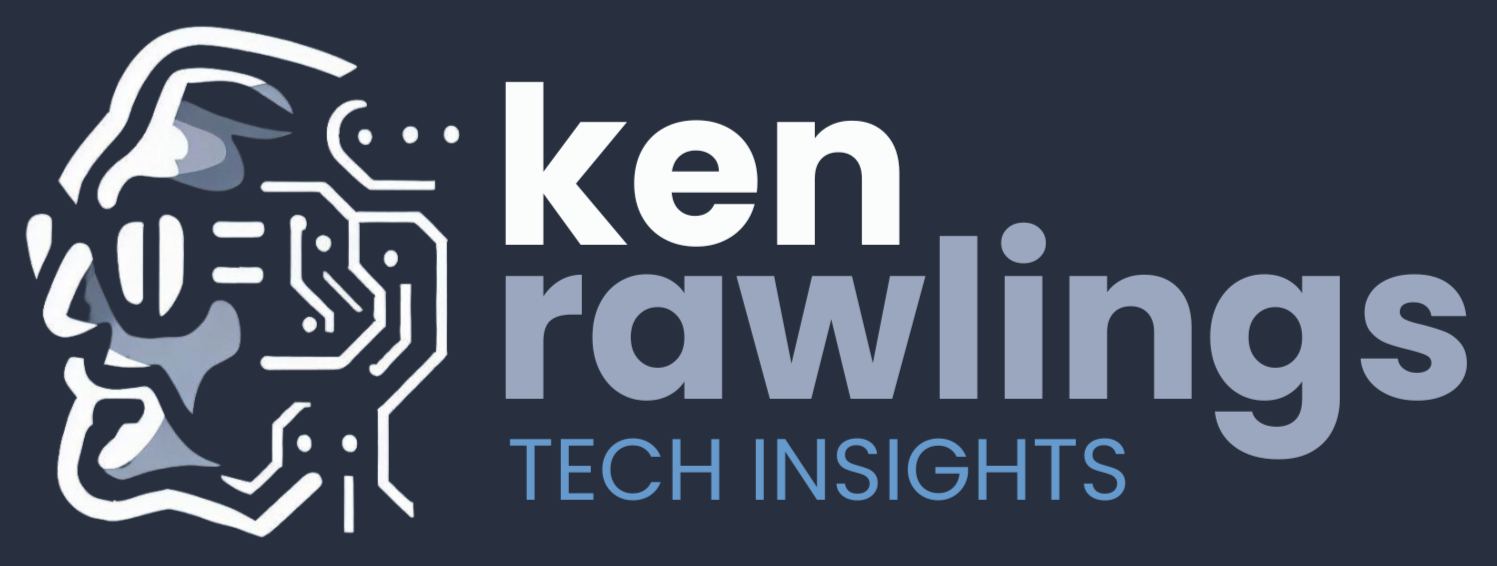Smart home technology has come a long way in recent years. What once seemed like a futuristic dream is now a reality for millions of people around the world. From voice assistants and smart thermostats to home security systems and even smart appliances, the possibilities for making our homes more efficient and convenient are endless. In this article, we will explore the history of smart home technology, its current state, and what the future may hold.
The Early Days of Smart Home Technology
The concept of a “smart home” has been around for decades, with early prototypes dating back to the 1970s. These early systems were often complex and expensive, making them impractical for most homeowners. However, advancements in technology and the introduction of the internet in the 1990s paved the way for the modern smart home we know today.
One of the earliest examples of a smart home system was the X10 protocol, introduced in the 1970s. This system allowed devices in the home to communicate with each other over existing electrical wiring, allowing for remote control of lights, appliances, and other devices. While the X10 system was revolutionary for its time, it was limited by its reliance on existing wiring and its lack of security features.
The Rise of Smart Home Technology
Fast forward to the 21st century, and smart home technology has become increasingly accessible and affordable. The introduction of smartphones and wireless internet connectivity has made it easier than ever to control and monitor our homes from anywhere in the world.
One of the most significant advancements in smart home technology was the introduction of the Amazon Echo in 2014. This voice-activated assistant, powered by Alexa, quickly became a household name and opened up a new world of possibilities for smart home technology. With the Echo, homeowners could control their lights, thermostat, and other devices with simple voice commands.
In addition to voice assistants, smart thermostats have become increasingly popular in recent years. These devices allow homeowners to control their heating and cooling systems remotely, saving money on energy bills and reducing their carbon footprint. Companies like Nest and Ecobee have led the way in this space, with innovative features like learning algorithms and geofencing.
Smart home security systems have also seen significant growth in recent years. These systems can include cameras, motion sensors, and even smart locks, providing homeowners with peace of mind and the ability to monitor their homes from anywhere. Companies like Ring and SimpliSafe have made these systems more accessible and affordable for homeowners of all budgets.
The Future of Smart Home Technology
So what’s next for smart home technology? The possibilities are endless, but some trends are already emerging. One of the most significant advancements in recent years has been the integration of smart home technology with artificial intelligence (AI). With AI, devices can learn and adapt to homeowners’ behavior and preferences, making their homes even more efficient and personalized.
Another emerging trend is the integration of smart home technology with renewable energy systems like solar panels and battery storage. With these systems, homeowners can not only monitor and control their energy usage but also generate their own electricity and reduce their dependence on the grid.
Finally, smart home technology is becoming more accessible and affordable than ever before. With companies like Google and Amazon competing to provide the most innovative and affordable devices, it’s easier than ever for homeowners to incorporate smart home technology into their homes.
In conclusion, smart home technology has come a long way in recent years and will continue to evolve in the years to come. With advancements in AI, renewable energy, and accessibility, the possibilities for making our homes more efficient, convenient, and secure are endless.

